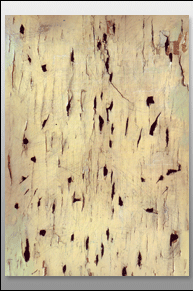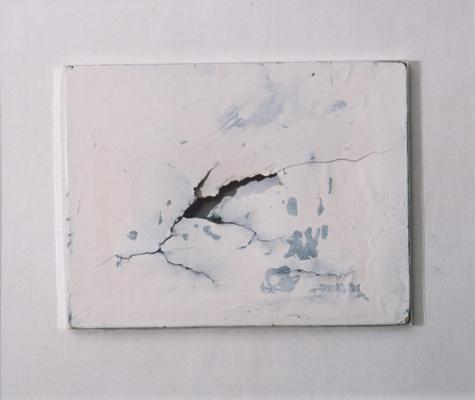Both, Dada and Surrealism artistic movements have changed the form, content, and concept of art. These "art movements sought both, to criticize artistic modernism and to realign avant-garde art with the practice of social life." (
Challenge of A-G, p. 227) Dada artworks represented a collapse of the bourgeois cultural values and art that were called avant-garde up until 1915. "Surrealism represents dissent from the restabilized bourgeois order in the 1920's and 1930's." (
Challenge of A-G, p. 247) Both, Dada and Surrealism no longer concentrated on artistic form, aesthetics, and completion of expression.
Surrealists studied acts of "Criminal Madness" and the "female mind" in particular, believing the later to be weaker and more irrational than the male mind." (
Stockstad, p. 1057) They wanted to free the conscious mind from rational thinking and reason. That is why in their artworks we can see many techniques, such as automatism, which releases the mind from conscious control and produces a new juxtaposition of imagery and forms. One surrealist artist did this by placing paint on a canvas that has a rough surface beneath it. Then he would let the mind look at the result and imagine or fantasize the form on the canvas and then add more paint to turn those forms into an image and make it become more realistic. Surrealism artworks require the brain to wander off in order to complete what the eye sees, because just by looking at it, one will not be able to make sense of the painting.
Dada mocked the senselessness of rational thought and even the foundations of modern society." (
Stockstad, p. 1037) Marcel Duchamp created some of Dada's most complex works. He came up with the "readymate" Dada concept in which he transforms ordinary objects into works of art. Duchamp had argued with other artists that art objects are not only ones crafted by individuals, but that they could actually be objects that are mass-produced around the world. And he had proved this by creating many weird art works from ordinary, everyday objects, such as a porcelain urinal which he had named
Fountain. The
Fountain is one of the most offensive artworks in Western History. It openly refers to the activities of the bathroom which include one of humanity's most humiliating functions and vulnerable states. Of course, just as Duchamp had anticipated, the
Fountain was rejected from an art exhibition in New York. The artist had placed the object in a different position so that people will look at it from a different point of view and see a new artwork, which he had given a new name, but the people still saw an urinal and nothing else. They did not see it as an artwork that deserved to be shown in the gallery.
I personally don't like how Marcel Duchamp had used the Fountain to show that art can be created from everyday objects. I can see how that particular object was offensive to the viewers and was rejected from being displayed in the gallery. But I do agree with the whole idea of Dada art in creating art from other ordinary objects that we can be found almost everywhere around the world. Even though they don't look appealing to me at all, I do think that Duchamp’s “readymades” should be called works of art at least because they were made by the hands of an artist. The person took time to recreate each ordinary object into something else with a new meaning so that people will look at it as something else and wander what else it could be used for besides it's original purpose.


